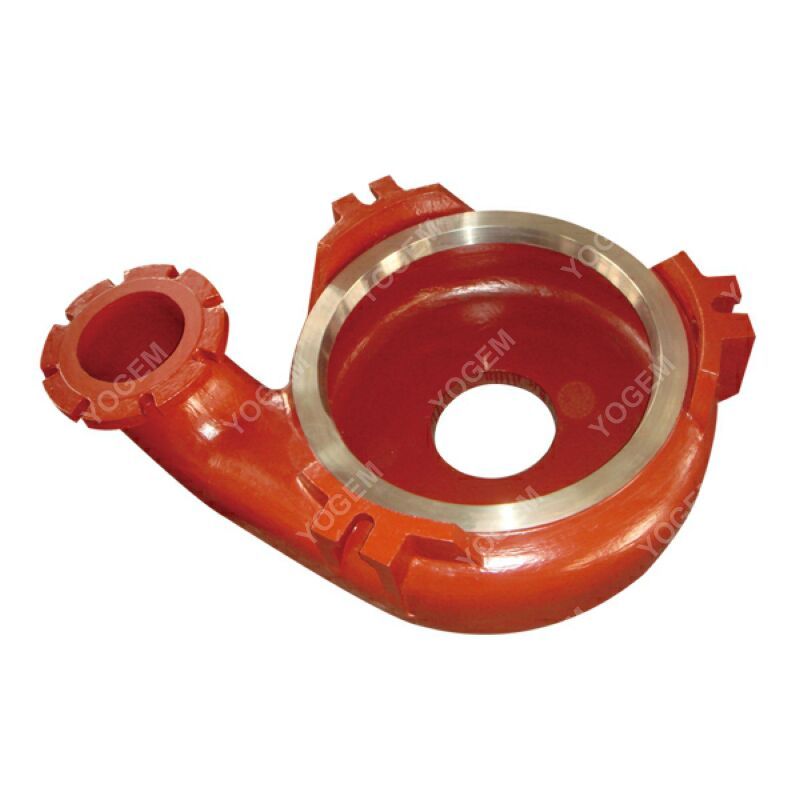Design Considerations for Grey Iron Casting
Grey iron casting a process dating back centuries, remains a vital method in manufacturing various components across industries. From automotive parts to machinery components, its versatility and reliability make it indispensable. However, achieving optimal results in grey iron casting requires careful consideration of design elements. Here are some crucial factors to ponder when designing for grey iron casting.

Complexity vs. Simplicity:
While grey iron casting can accommodate intricate designs, simplicity often leads to better results. Complex geometries increase the likelihood of defects and may raise production costs. Simplifying designs where possible ensures smoother casting processes and enhances overall efficiency.
Wall Thickness:
Uniform wall thickness is critical in grey iron casting to prevent issues such as shrinkage and porosity. Consistent thickness promotes even cooling rates, reducing the risk of defects. Designers should strive for uniformity throughout the component to optimize casting quality.
Fillets and Radii:
Incorporating fillets and radii in design mitigates stress concentrations and improves the flow of molten metal during casting. Sharp corners are prone to defects and may compromise the structural integrity of the final product. Rounded edges distribute stress more evenly, enhancing durability and performance.
Draft Angles:
Including draft angles facilitates the removal of the casting from the mold. Adequate draft angles prevent binding and minimize the risk of damage to both the casting and the mold. Designers should incorporate sufficient draft angles based on the specific requirements of the casting process.
Additional resources:When did Ductile iron pipe come out?
Undercuts and Cores:
Minimizing undercuts reduces the complexity of tooling and facilitates demolding. Additionally, utilizing cores strategically enhances design flexibility and allows for the creation of internal features. Careful consideration of core placement and configuration optimizes casting quality while streamlining production.
Material Considerations:
Grey iron offers excellent castability and machinability, but material selection must align with the application requirements. Understanding the mechanical properties and performance characteristics of grey iron variants aids in selecting the most suitable material for the intended use. Factors such as tensile strength, hardness, and wear resistance influence material choice and overall component performance.
Surface Finish Requirements:
Designers should specify surface finish requirements early in the design process to ensure proper planning for post-casting operations. Considerations such as machining allowances, surface roughness, and dimensional tolerances affect the final finish of the casting. Integrating these requirements into the design phase facilitates smoother downstream processes and enhances product aesthetics.
Quality Assurance Measures:
Implementing quality assurance measures throughout the design process minimizes the risk of defects and ensures consistency in casting quality. Prototyping, simulation, and rigorous testing validate design integrity and identify potential issues before full-scale production. Collaboration between designers, engineers, and foundry experts fosters continuous improvement and drives optimal outcomes in grey iron casting projects.
In conclusion, successful grey iron casting relies on thoughtful design considerations that prioritize efficiency, quality, and performance. By addressing factors such as complexity, wall thickness, geometry, and material selection, designers can optimize casting processes and achieve superior results. Embracing a holistic approach to design, informed by collaboration and expertise, sets the foundation for success in grey iron casting projects.

